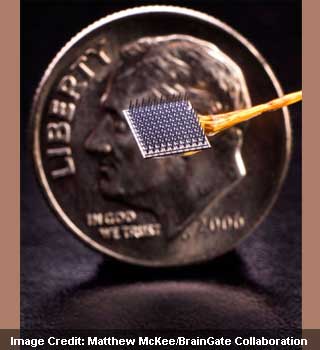
People experiencing a weakness in all 4 limbs due to cervical spinal cord injury, brainstem stroke, muscular dystrophy or motor neuron disease could be incorporated into the study. The technology known as BrainGate2 was developed at Brown University. This technique is a combo of hardware and software that apparently comprehends electrical signals in the brain which affect mobility.
“This technology is truly extraordinary, and I’m excited to begin testing it. One of the biggest contributions that Stanford can offer is our expertise in algorithms to decode what the brain is doing and turn it into action,†specified Jaimie Henderson, MD, lead investigator of the Stanford branch of the trial.
As part of the procedure, a set of baby-aspirin electrodes is transfixed into the cerebral cortex which records brain signals. These are then interpreted by computer algorithms which convert the signals into digital guidelines. This seems to enable paralytic people control devices present in the exterior.
The main objective of the analysis is to gauge how well the technology works in human beings and if it is thoroughly safe for access.
